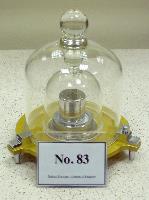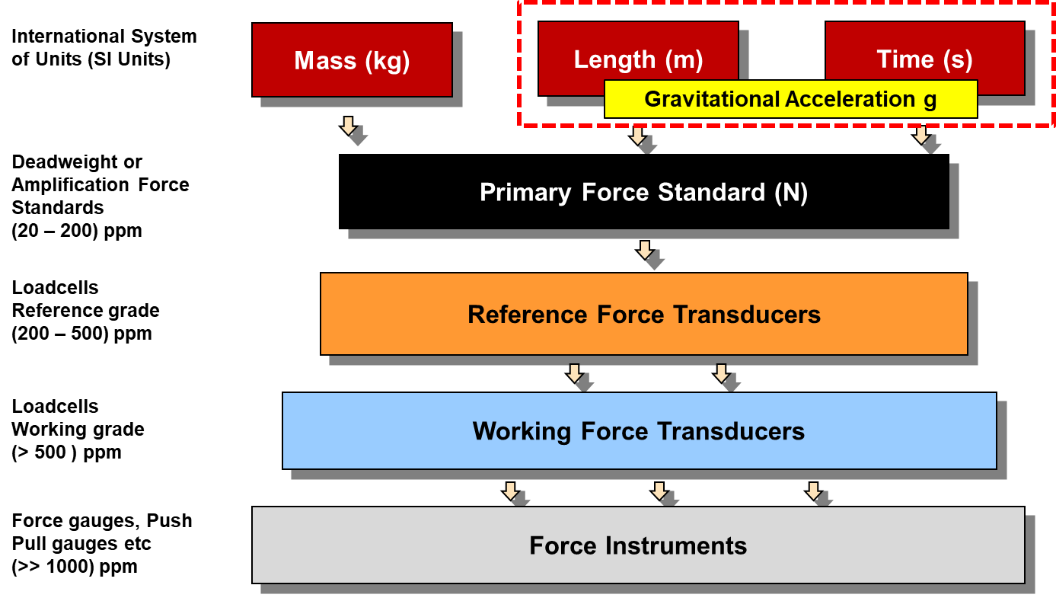MASS & FORCE

INTRODUCTION
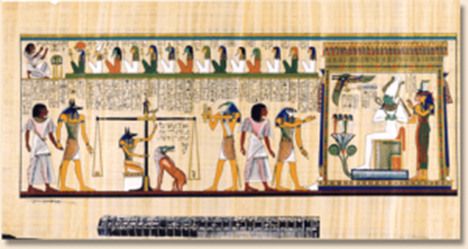
The measurement of mass is ancient and one of the oldest and most fundamental forms of measurement. The concept of mass seems simple but it can be abstract & philosophical and is generally not well understood for centuries until fairly recently.
Mass is the amount of substance in an object. It is different from the weight of an object as weight is the force acting on the object due to the gravitational acceleration. Force is a derived unit; a product of mass and the acceleration experienced by the object.
Measurement of mass and force is critical in many industry sectors such as aerospace, construction, automobile, electronics, manufacturing, pharmaceutical and healthcare. The accurate measurement of mass and force has great impact on quality of products and services; performance and reliability of equipment; health and safety of the people.
LATEST NEWS
From 20 May 2019, the SI unit of mass, kilogram (kg) has officially been re-defined! The kilogram is no longer defined by an artefact that is equal to the mass of the international prototype of the kilogram (an alloy of platinum and iridium) kept at the BIPM in France. Of all the seven SI units, the kilogram is the only unit that is still defined using an artefact standard. The artefact standard is susceptible to contamination, wear and tear, risk of damage by fire, water, mishandling… etc. The real change in the mass value of the international prototype of the kilogram is undetermined as there is no method precise enough to measure it.
With this new definition, it means that the unit of mass is now defined in terms of constants based on natural phenomenon. This decision provides the foundation for the future stability of the SI and it opens opportunity for the use of new technologies, e.g. quantum technologies, to implement these new definitions.
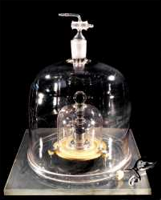
The International Prototype of the kilogram
Measurement Standards and Dissemination
TRAINING COURSES

The Mass & Force Laboratory provides training for technical professionals and managers on fundamental, current and emerging technologies for mass, force, torque & related measurement quantities. These trainings are essential to equip scientists and engineers working in these fields on the right way to measure mass & force related metrology quantities and the importance of measurement comparability and traceability for international recognition of Singapore’s measurement capabilities.
The following MUP courses are offered regularly as either public or customised courses
- Calibration of Electronic Balance
- Calibration of Standard Mass (Weights)
- Calibration of Force Transducer
- Calibration of Torque Instruments
- Calibration of Testing Machines & Stability Testers
- Measurement Uncertainty for Mass & Force Instruments
INTERNATIONAL COMPARISONS
The NMC Mass & Force Laboratory NMC is currently the Official Observer in the Consultative Committee for Mass & Related Quantities (CCM) and is an active member in the Asia Pacific Metrology Programme (APMP) Technical Committee for Mass & Related Quantities (TCM).
International comparisons participated over the years:
Mass
- CSC(88) ISP-34
- APMP.M.M-K1
- APMP.M.M-K2
- APMP.M.M-K1.1
- Pilot Study (Pt-Ir)
- APMP.M.M-K4.1
- APMP.M.M-K5
Force
- CCM.F-K1.b
- APMP.M.F-K4.b
- APMP.M.F-K2
- APMP.M.F-K3a/b
RESEARCH PROJECTS
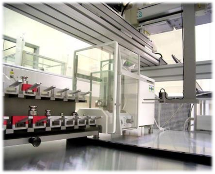
SENSITIVITY DRIFT BEHAVIOUR OF PRECISION MASS COMPARATOR FOR WEIGHING PROTOTYPE MASS STANDARDS
The sensitivity of commercially available precision mass comparators used for the calibration of high accuracy stainless steel weights are usually adjusted using either external or internal stainless steel weights. This procedure works well when stainless steel weights are calibrated against stainless steel reference mass standards. When a Pt-Ir prototype mass standard is used as reference standard instead, the buoyancy effect arising from the large difference in the density of the two materials will magnify the error contribution due to the sensitivity characteristics behaviour of the mass comparator, affecting the measurement result and its associated uncertainty. Although the sensitivity can be determined externally through a series of comparative weighing involving the prototype reference, its behaviour is still not well appreciated. A series of experiments are carried out to study this behaviour and the influence factors associated with it. The experimental results will be used to identify possible ways to minimize the undesirable effect arising from the sensitivity drift, and to recommend better methods for weighing Pt-Ir using a commercially available high precision mass comparator.
INTERESTING STORIES

Facts about Mass
Do You Know That Mass is a Physical Quantity that Defines the Amount of Substance in a Body and it is NOT Affected by Motion, Shape and Location!
A*STAR celebrates International Women's Day

From groundbreaking discoveries to cutting-edge research, our researchers are empowering the next generation of female science, technology, engineering and mathematics (STEM) leaders.
Get inspired by our #WomeninSTEM

